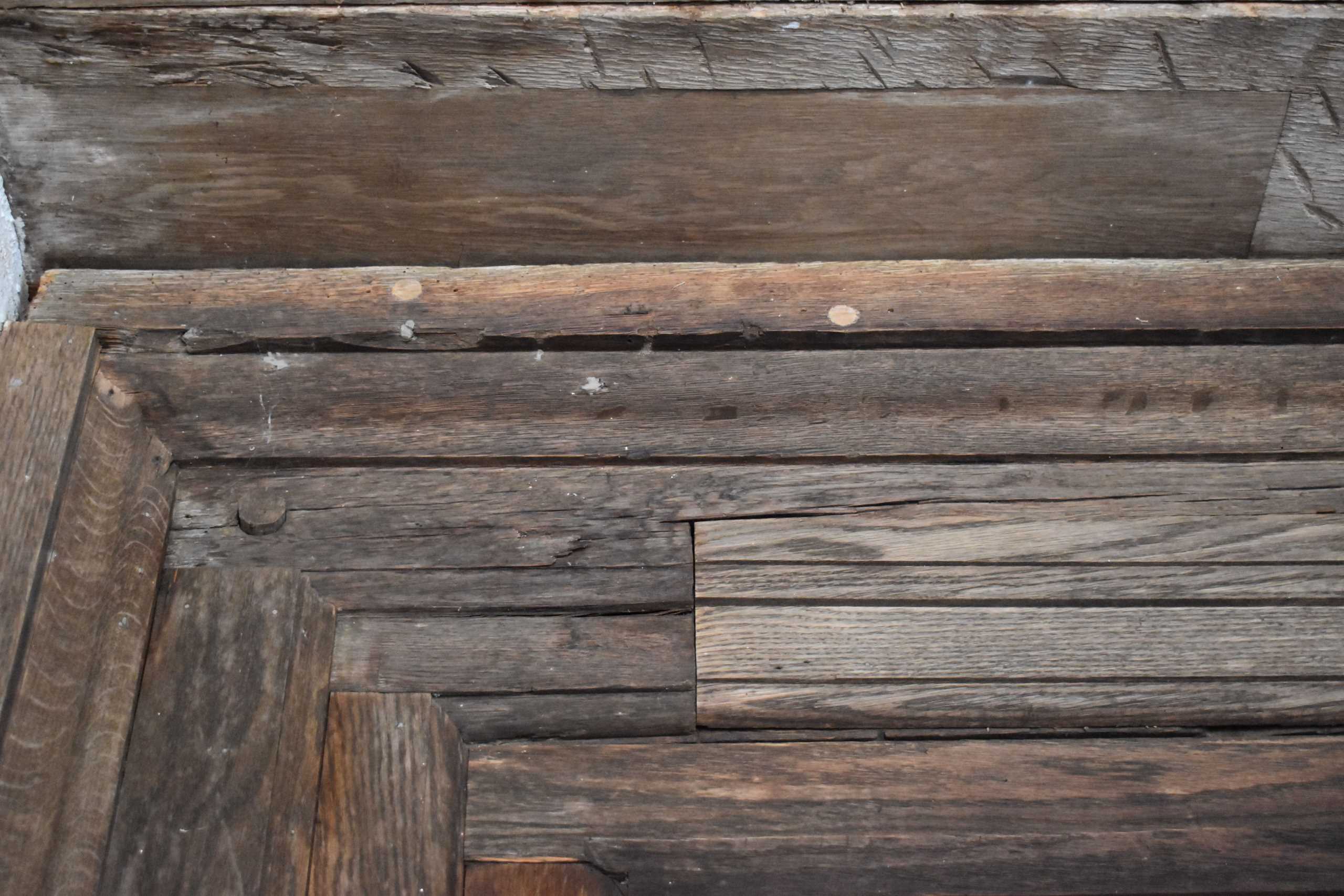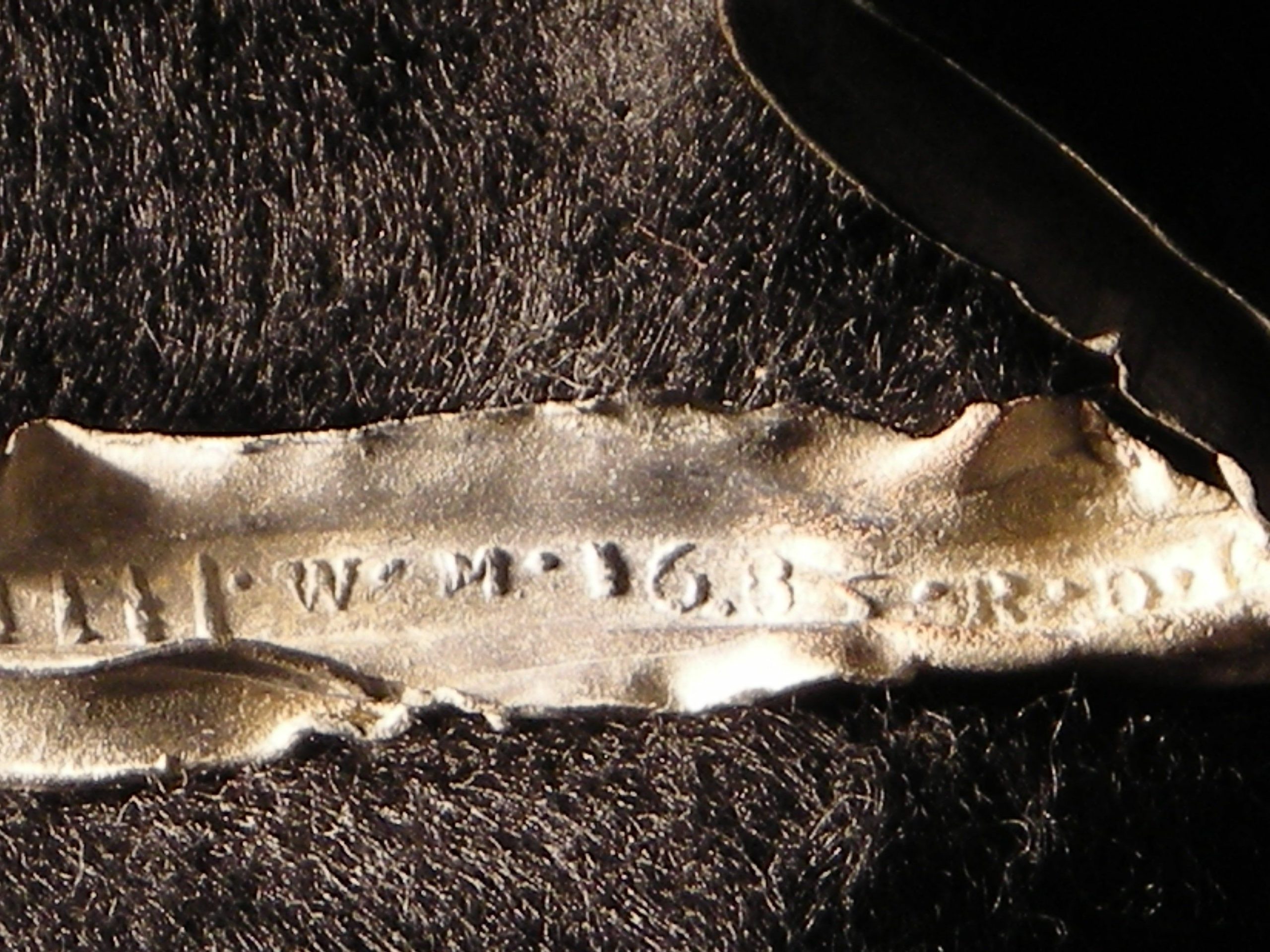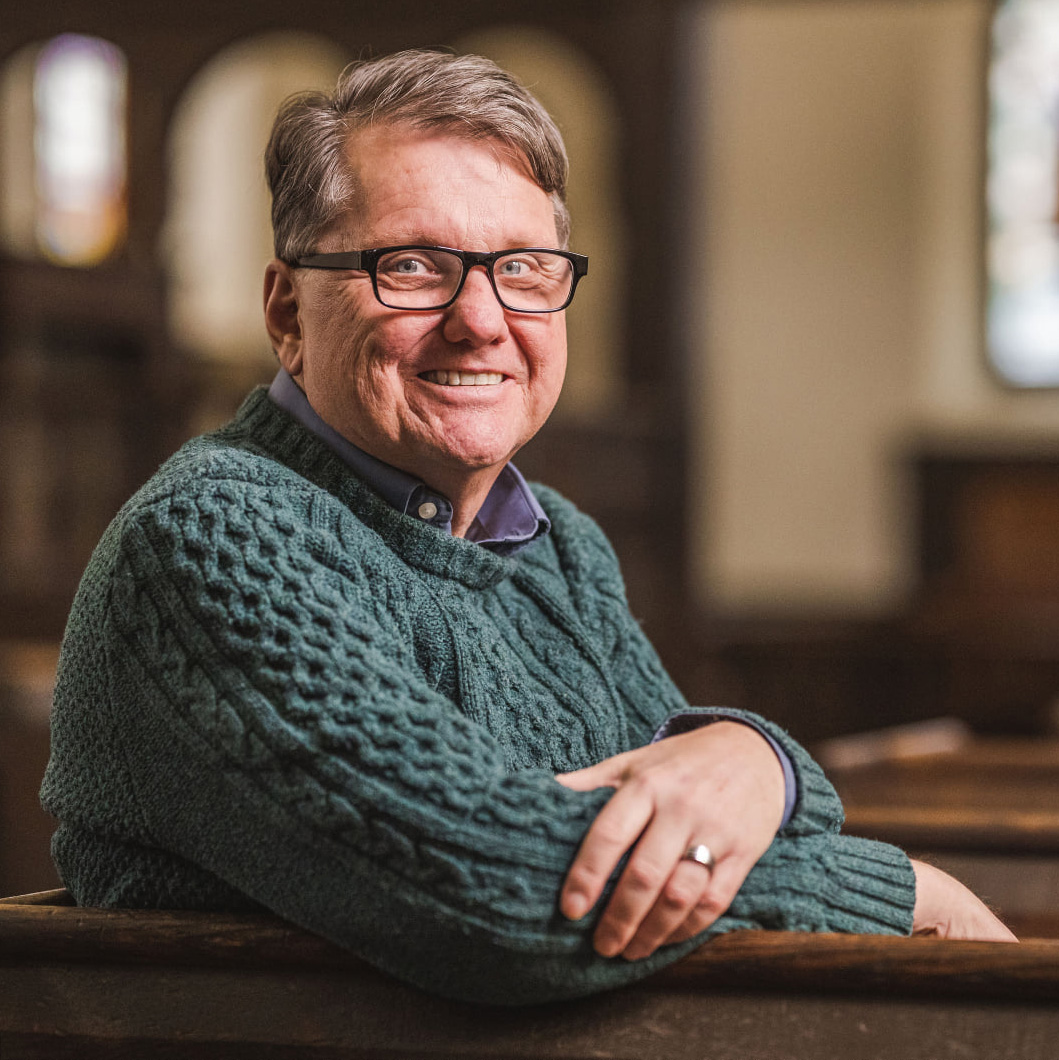St Luke’s Historic Church & Museum is a museum of Virginia’s oldest church building, but the question becomes: just how old is it? For years the date that was touted was 1632. This was based on a couple of things. First, a 1631 law mandated the building of a worship place for each parish; otherwise, parishes would be fined. The issue with this is that it doesn’t mandate a brick building, and the fine would have been far less costly than constructing one.
The next piece of evidence for 1632 comes from Ann Parker Cowper. We are told that Ann claimed to have seen the early Vestry records that included a completion date of 1632 under the direction and auspices of Captain Joseph Bridger, the father of Col. Joseph Bridger who is buried in the chancel of the “Old Brick Church.” The issue with this evidence is that Col. Bridger’s father was not Captain Joseph but Samuel Bridger, who was not known to ever travel to the Virginia Colony.
So what evidence do we have? First the brick work itself, which features Flemish Bond. This brick pattern alternates between headers (short sided bricks that are turned inward) and stretchers (the long sided bricks). This decorative brick pattern first appeared in Poland in the 15th century, but did not appear in England until the 17th century and in the Colonies in the last half of the 17th century.
Next, we have dendrochronology (the scientific method of counting tree rings to determine age) for the door lintel over the west entry to the building. The evidence from this suggests that the tree used for the lintel was felled no earlier than 1677. Additionally, there is a deed, dated 1683 for the 1 acre of land that was deeded to the Lower Parish by Michael Fulgham. For a building of St. Luke’s magnitude, three years would have been a usual construction time.
Finally, we have a piece of lead window came that was discovered about 12 years ago by archaeologist Alain Outlaw. The window came dates to 1685. This window lead needed to be imported, which leads us to the understanding of a completion date of 1685/86. Pictures of the interior from before the renovations of the church building in 1894 also show a plaster-barrel ceiling, which is reminiscent of church interiors from the last quarter of the 17th century. This 1685/86 date would make the “Old Brick Church,” a contemporary of first Bruton Parish and the restored tower chapel at Jamestown.
As Del Upton suggests in his work, “Holy Things And Profane,” The 1632 dating was “put forth conjecturally in the mid-nineteenth century and bolstered by unsatisfactory evidence.” Our Advisory Board member, Carl Lounsbury, the former architectural historian for Colonial Williamsburg and professor at the College of William & Mary, concurs with the circa 1685 dating. With all of the physical evidence, the date of the deed, and the contemporary evidence, a date of between 1685 and 1686 appears to be conclusive. This still makes St. Luke’s the oldest extant church building in Virginia and places it in the date range consistent with Col. Joseph Bridger having been a primary benefactor of the building construction. Bridger arrived in Virginia sometime after the Battle of Worcester in 1651. His marriage to Hester Pitt in 1654 gained him the land that became known as White Marsh, just over a mile south of the “Old Brick Church.” He was the head of the Isle of Wight Militia and a member of Governor Berkeley’s 12 member council. The completion of the building was likely just before or after his death on April 15,1686.

Above: An example of Flemish Bond.

Above: Lintel piece from which the wood sample was taken for dendrochronological analysis.

Above: Window came.
Enjoy this article? Please consider supporting St. Luke’s with a donation!

About the Author
John Ericson is the Education Coordinator and a Public Historian for St. Luke’s Historic Church & Museum. John holds a degree in History from Roanoke College and a Masters of Divinity from the Lutheran Theological Seminary at Gettysburg. In addition to John’s role at St. Luke’s, he is the Pastor of Reformation Lutheran Church in Newport News, Virginia. John is married to Oneita Jamerson Ericson, a native of Isle of Wight County, Virginia. They have three sons, Matthew, Thomas, and James, as well as two granddaughters, Carys and Lennon. The Ericsons currently reside in Hampton, Virginia. John has been teaching Reformation History and the Early American Religious Experience for more than thirty years.
